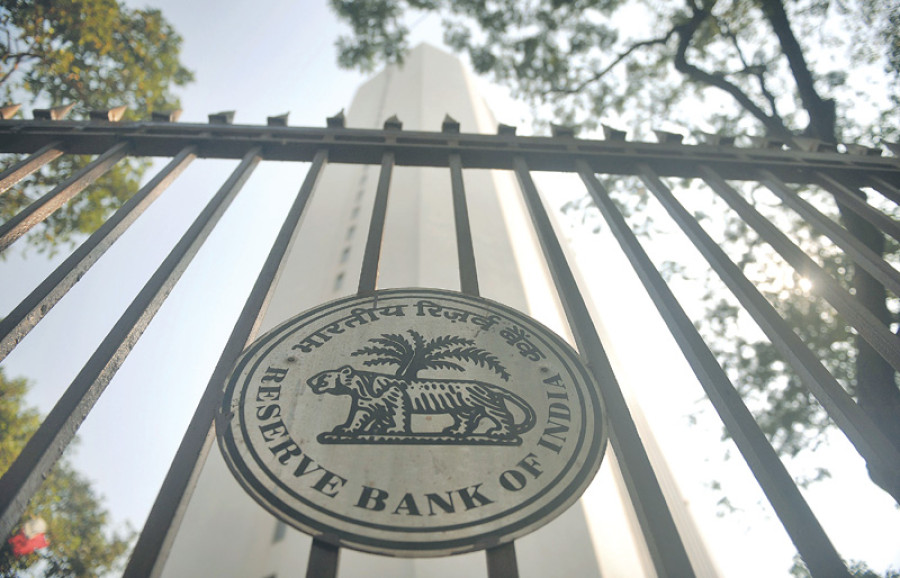Money
Indian central bank officials arrive in Nepal
Officials from India’s central bank arrived in Nepal on Tuesday to take stock of preparations made by Nepal Rastra Bank (NRB), the Nepali central bank, to provide currency exchange facility to Nepalis holding demonetised Indian banknotes of IRs500 and IRs1,000.
Bibek Subedi
Officials from India’s central bank arrived in Nepal on Tuesday to take stock of preparations made by Nepal Rastra Bank (NRB), the Nepali central bank, to provide currency exchange facility to Nepalis holding demonetised Indian banknotes of IRs500 and IRs1,000.
According to NRB, the two-member team comprising representatives of currency management department and bank supervision department of Reserve Bank of India (RBI) met NRB officials upon their arrival.
“During the meeting, the RBI officials asked if Nepali banks could identify Indian nationals having bank accounts here,” said Bhisma Raj Dhungana, head of NRB’s Foreign Exchange Management Department. “We told them about the mandatory provision which seeks a copy of citizenship from every customer before opening account in banks and financial institutions (BFIs) in Nepal.”
To open accounts in Nepali BFIs, Indian nationals have to provide a copy of their citizenship along with a recommendation letter from the Indian Embassy, he told the Indian team.
Indian authorities have long expressed fear about Nepal being used as “a clearing house” to channel illegally amassed banned notes into India’s financial system. “And their question indicated that fear,” said Dhungana. “But they seemed satisfied with our explanation.”
The visiting RBI officials also requested for a meeting with bankers, and NRB has arranged it for Wednesday. “After the meeting, the Indian team will return back and report about our status, probably allowing exchange facility to Nepalis holding demonetised Indian bank bills,” said Dhungana.
A Nepali delegation led by NRB Deputy Governor Siwakoti had visited India in January to discuss the issue of providing currency exchange facility to Nepalis holding Indian banknotes that were pulled out of circulation by the Indian government in November 2016.
The team had visited India almost two weeks after the expiration of the December 30 deadline to deposit the banned notes in Indian banks. But Indian authorities
refused to take any decision then, and chose to visit Nepal first.
The Indian government’s move has caused inconvenience to many Nepalis, especially those who earn a living by working as daily-wage labourers in India, visit the neighbouring country seeking medical treatment or rely on Indian markets to purchase daily essentials.
NRB has said IRs33.6 million in denominations of 500 and 1,000 is within the financial system in Nepal. The figure includes cash parked at vaults of banks, financial institutions and NRB.
But actual stock of banned Indian bank notes is expected to be much higher because Nepalis were previously allowed to carry Indian 500- and 1,000-rupee bank notes worth up to IRs25,000. Also, those residing in areas bordering India usually stash Indian notes of larger denominations as they have to visit Indian markets frequently to buy goods.




 18.12°C Kathmandu
18.12°C Kathmandu














